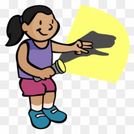
This lesson will help students understand how a shadow is created and allow them to experiment with creating shadows.
- Subject:
- Physical Science
- Material Type:
- Activity/Lab
- Author:
- Jennifer Cann
- Date Added:
- 10/09/2021

This lesson will help students understand how a shadow is created and allow them to experiment with creating shadows.
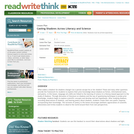
Shadows, shadows, everywhere! In this lesson, students read fiction, informational text, and poetry about shadows to extend their knowledge of the concept before casting their own shadow poetry.
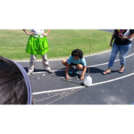
Students know that there are recognizable patterns on earth. To demonstrate the rotation of earth, students will track the shadows on a sundial throughout the day.
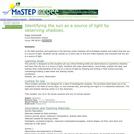
This activity is a kindergarten field and classroom investigation where students make observations, collect data and share conclusions that shows they understand that the sun is a source of light.

This article assembles free resources from the Polar Patterns: Day, Night, and Seasons issue of the Beyond Penguins and Polar Bears cyberzine into a unit outline based on the 5E learning cycle framework. Outlines are provided for Grades K-2 and 3-5.
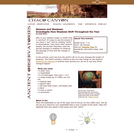
In this activity you'll see how the sun's tilt on its axis changes the length of shadows. For example, why is your shadow longer in winter than in summer? It's easy to see the answer if you have a "sun" and an orbiting "earth" to demonstrate. Like many other ancient people, the ancient Chacoans used the annual changes in shadows to measure the passage of time and the change in seasons. You can too!

Students will create a panorama drawing of their own landscape. They will include landmarks and cardinal directions in their drawings, and use their drawings to plot the movement of the sun in the sky over the course of a day. They may make their observations in one day, or over a period of days or weeks. Once students have created their own panoramas, they will look at panoramas taken in the North and South Poles and compare similarities and differences. They will then explore the “Sun Path Simulator” online. Before beginning these lessons, students should already know: 1) How to find the four, cardinal directions, and 2) That the Earth rotates on its axis, and revolves around the sun. 3) How to tell time. This unit pairs nicely with the Mystery Science Unit, Spinning Sky. Where indicated, worksheets and videos for lessons can be found on their website. Links to all other worksheets for the entire unit are in the “Overview” Section of my slideshow. Each day’s lesson comes with a worksheet to focus the students and to show evidence of student learning.